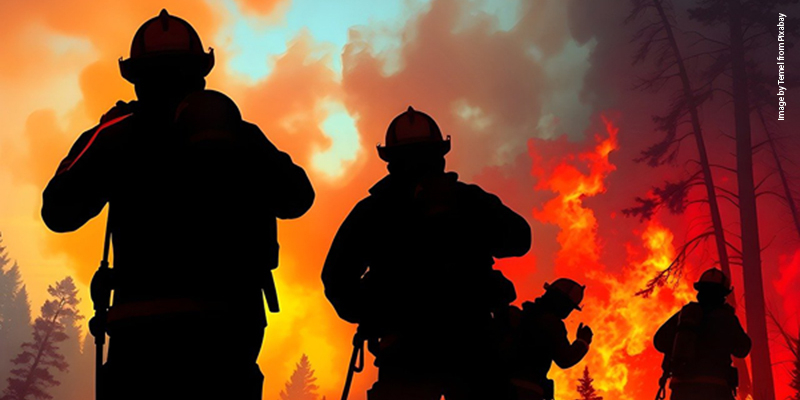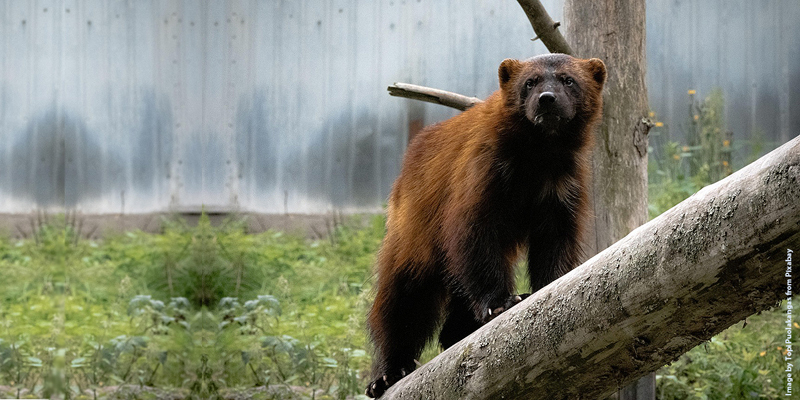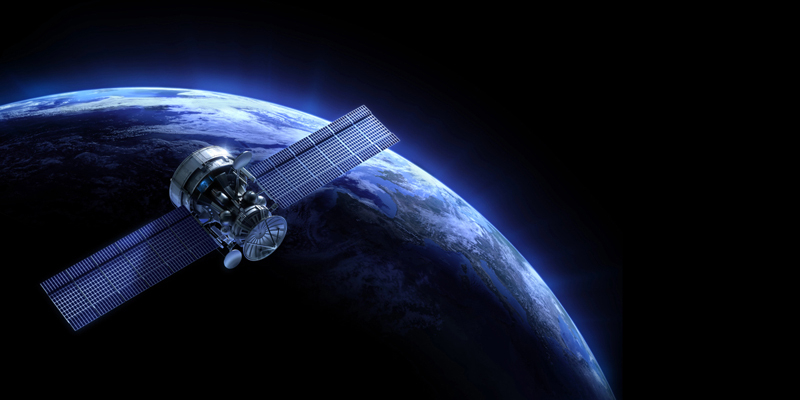The International LiDAR Mapping Forum (ILMF), which took place in Denver in the US at the end of January set a new record for registered attendees, with 773 professionals from 30 different countries
This proved once again that LIDAR in its increasing variety of operational formats is becoming the technology of choice for fast, accurate and quality geospatial data acquisition.Many believed this was the most successful event yet, with delegates benefiting from presentations covering government and local initiatives, as well as learning from the experiences of their industry colleagues in reports on projects which are pushing back the boundaries of LIDAR operations.The conference‟s keynote address by Dr Dave Maune of Dewberry, along with colleagues Greg Snyder and Larry Sugarbaker of the USGS, revealed the first results of the US National Elevation Assessment; a study to investigate the costs and benefits of acquiring data to geo-enable the USA in 3D. The results suggested that LIDAR surveys be conducted at eight-year intervals with a resolution of 1 to 2 points per square meter with benefits outweighing costs.Interestingly, Ian Madin, Chief Scientist at Oregon Department of Geology and Mineral Industries presented an alternative approach; the benefits to be made by commercial ventures where interested parties could share costs to obtain common data. This could be a solution for commercial and state organizations, with each party obtaining data at a fraction of the cost of having a bespoke survey. This model could lead to an increase in LIDAR survey activities in other States, although in some sectors work loads are already at highest ever levels.Other highly informative talks were delivered by Alastair Jenkins (GeoDigital) on using LIDAR in utility corridor mapping to meet the significant regulatory requirements of the NERC Alert on power transmission lines, and there was a whole track session dedicated to Bathymetric LIDAR, which examined the use of LIDAR for mapping along coastal zones and flood plains; an area of increasing environmental concern.New developments in technology and advances in software were well represented. Highlights were Dr Ayman Habib‟s (University of Calgary) paper on comparing rigorous and quasi-rigorous approaches to LIDAR system calibration, and Dr Andreas Ulrich‟s (Riegl) paper on echo digitization and full waveform analysis. This paper indicated that making use of the full pulse width and analyzing echo signals off line in full waveform can retrieve almost all useful information contained in the echo signal.Looking to the future, a paper by Dr Charles Toth (Ohio State University) on the advances in flash LIDAR â single photon detection LIDAR systems â demonstrated that when refined into a commercial as opposed to a, possibly, military system, will be a significant step forward in this technology. Jim Brainard (REY Engineers) proposed that the use of ground radar will soon become a key component of integrated mobile mapping LIDAR systems. Multi-sensor fusion was a major theme explored expertly by Gregor Willhauk (Trimble), Professor Lutz Bannehr (Anhalt University, Germany) and Dr Robert Rand (U.S. National Geo-Spatial Intelligence Agency).The final day‟s session focused on the fastest growing sector of mobile mapping. Andrew Fuller (3D Laser Mapping) examined how to manage the expectations of mobile mapping systems in a number of challenging operational environments. Dr Elliot Duff (CSIRO, Australia) demonstrated expertly how mobile mapping operations can still continue even in areas where the GPS signal is denied, by using 2D laser scanners fused with available priors to provide a trajectory solution.ILMF Conference Chairman, Alastair MacDonald commented, âEvery ILMF reaches new heights in value for the delegates and exhibitors. This year‟s conference program, chosen as always by the ILMF‟s Technical Committee, proved to be one of the most popular ever. \"It was particularly exciting to see so many delegates who were new to LIDAR. I believe this shows the growing importance of LIDAR‟s ability to deliver fast, cost effective quality data which we all need to operate efficiently in today‟s challenging economic climate.âOnce again, partners of the International LiDAR Mapping Forum, ASPRS (American Society of Photogrammetry and Remote Sensing), held their Hot Topics session on the morning of the opening day. The Program was specially selected by the ASPRS LIDAR Division and was full with over 250 delegates keen to hear Lewis Graham, the ASPRS LIDAR Division Chair (GeoCue) discuss the recently approved LAS 1.4 data format and the work that is being done in the Mobile Mapping committee on a best practices manual. This was followed by Karl Heidemann (Airborne LIDAR Committee Chair, USGS) who offered an update on the USGS V13 LIDAR specification and the future plans of the Airborne Committee.Running alongside the conference was an exhibition of more than 50 leading companies demonstrating new LIDAR products and a wide range of new technologies and services. ILMF once again provided an opportunity to test drive mobile mapping vehicles and learn more about their full survey capabilities. Optech had their Lynx Mobile Mapper⢠onsite, demonstrating the latest generation in rapid collection of survey-grade 3D data. Trimble demonstrated the MX8 & Trident Software, designed for compatibility to provide complete, turnkey mobile mapping solutions. The âBasics to LIDAR‟ workshop series, now in its 5th year, proved to be as popular as ever with delegates who are new to LIDAR.Director of ILMF, Versha Carter commented, âILMF made a welcome return to Denver with international delegates flying in with ease and the local community arriving en masse. We were delighted with the record number of attendees, a 34% increase on the 2011 event. \"The exhibition halls were busier than ever with a 17% increase in booth holders and halls were bustling with activity from the minute the show opened with commercial colleagues keen to network and do business on the show floor.âIndeed, that networking continued into the evenings with ILMF‟s ever popular social events. The opening night saw a local swing band entertain and the following night, delegates flocked to the Wynkoop Brewery, Denver‟s oldest brew pub where games of pool and shuffle board caused much excitement amongst the burgeoning crowds.Details about next year‟s ILMF event will soon be available at the website below
For more information visit:
Subscribe to our newsletter
Stay updated on the latest technology, innovation product arrivals and exciting offers to your inbox.
Newsletter

